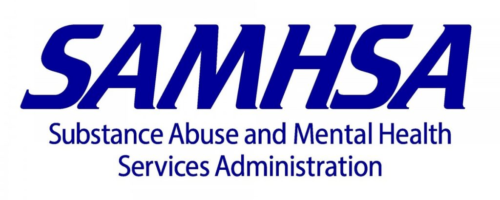On April 23, 2024, the Biden-Harris Administration released the National Strategy and first-ever Federal Action Plan (PDF) to guide our efforts over the next decade. This strategy calls on all of us to:
- Care about suicide prevention through a thoughtful strategy that blends prevention, intervention, treatment, and postvention support.
- Connect our prevention efforts to community and culture as key protective factors for health and wellbeing.
- Collaborate with public and private sector partners, people with suicide-centered lived experience, and populations disproportionately affected by suicide to achieve meaningful, equitable, and measurable advancement in suicide prevention.
Reflecting current data, emerging issues, and advances in the field, the National Strategy addresses 1) community-based suicide prevention; 2) treatment and crisis services; 3) surveillance, quality improvement, and research; and, for the first time, 4) health equity and suicide prevention. Other new areas highlighted in the strategy include an expanded focus on social determinants of health, the intersection of suicide and substance use, the impact of social media on youth, and the 988 Suicide & Crisis Lifeline.
The strategy recognizes that suicide’s complexity requires approaches that address multiple risk and protective factors at many levels of influence — such as intergenerational trauma, financial loss or instability, social connectedness, effective coping skills, lethal means safety, and equitable access to behavioral health care. The strategy also calls for the engagement of people impacted by and at risk of suicide in prevention efforts, whose experience brings vital perspective to this work.
Turning Strategy into Action
Realizing the full vision of the National Strategy, particularly for populations most affected by suicide, will require a coordinated, comprehensive, and sustained effort by many partners. Guiding federal agencies’ efforts is a Federal Action Plan (PDF | 8.3 MB) with over 200 priority actions to be implemented, monitored, and evaluated. Examples of SAMHSA’s actions for the next three years include:
- Planning and supporting policy academies to support states in addressing populations disproportionately affected by suicide;
- Improving the collection and reporting on critical 988 data; and
- Partnering with other federal agencies to advance other areas of the National Strategy.
Everyone has a role to play in suicide prevention. Let’s care, connect, and collaborate together to save lives. And remember, if you or someone you know is experiencing thoughts of suicide, a mental health or substance use crisis, or emotional distress, call/text the 988 Suicide & Crisis Lifeline, or chat (here). The Lifeline is confidential, available 24/7, and staffed by trained counselors across the country. It also has specially trained counselors for Veterans, LGBTQI+ youth and young adults, and Spanish speakers.
For more information, click here: Changing the Course on Suicide: The Launch of a New National Strategy for Suicide Prevention | SAMHSA
About Common Ground
Common Ground is a nonprofit organization that has served as an expert on mental health conditions and crisis intervention since 1971. Through its Resource and Crisis Hub and diverse array of other services, Common Ground uses a trauma-informed approach to provide professional, compassionate services to over 165,000 people annually. “Helping people in crisis 24/7 is at the heart of everything we do.” We also service as the primary call center for Michigan’s 988 calls.
If you or a loved one is experiencing a mental health emergency or needs resources, call or text 988 or call our Resource and Crisis Hub at 800-231-1127.
To donate to Common Ground’s life-saving work, click here: Donate to Common Ground | Support Our Mission (commongroundhelps.org)






